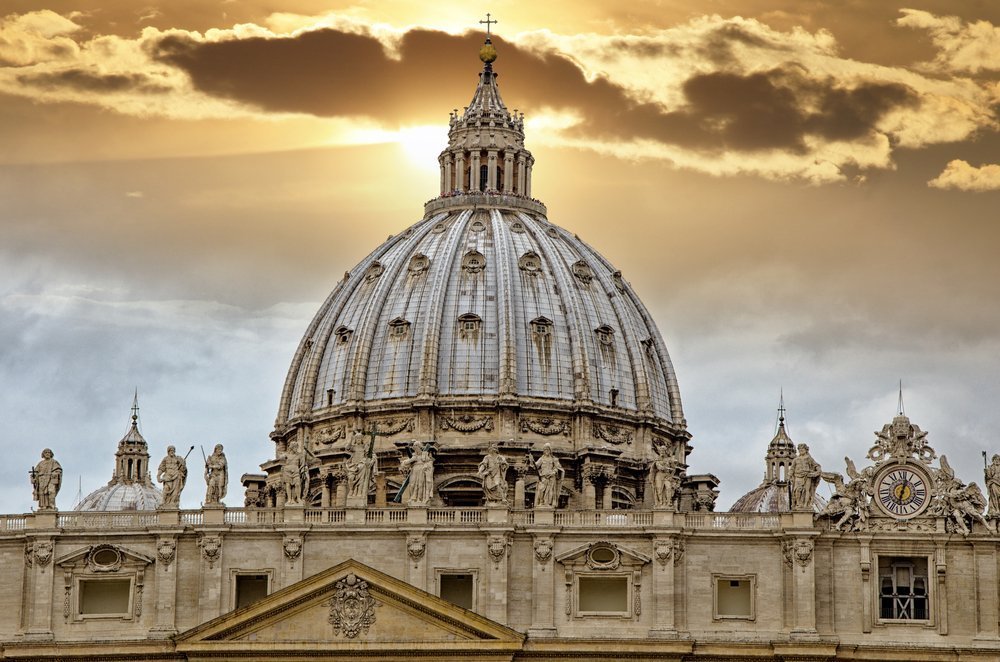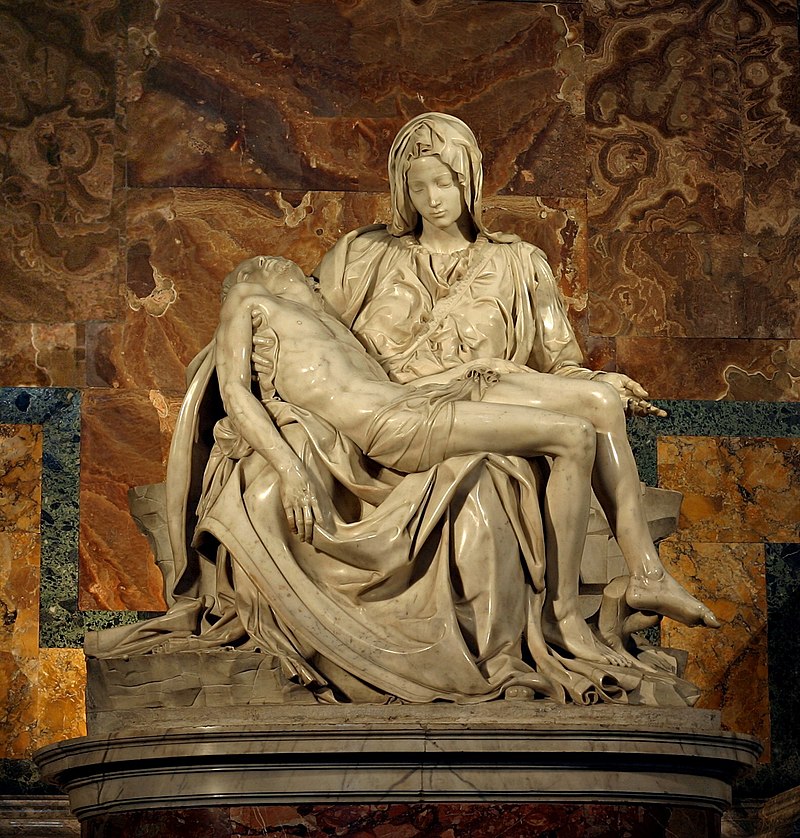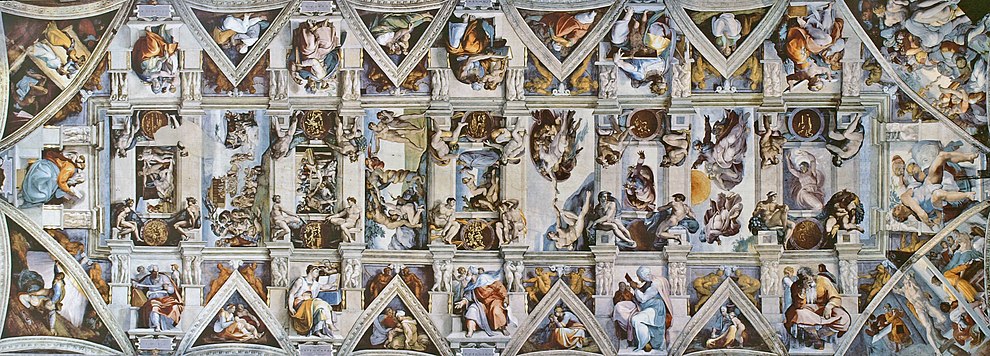Abhishek Kumar
February 18, ON THIS DAY
“The promises of this world are, for the most part, vain phantoms; and to confide in one’s self, and become something of worth and value is the best and safest course.”
Michelangelo.
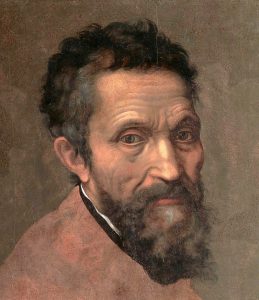
Michelangelo di Lodovico Buonarroti Simoni, commonly known as Michelangelo, was an Italian Renaissance artist. He is widely regarded as one of the greatest artists of all time, and his work in sculpture, painting, and architecture has had a lasting impact on Western art. His work is characterized by its technical skill, its attention to detail, and its ability to capture the beauty and complexity of the human form. Throughout his career, Michelangelo was known for his technical skill and his ability to capture the human form in a way that was both powerful and beautiful. He was also known for his strong personality and his independent spirit, which sometimes put him at odds with his patrons and peers.
Michelangelo was born in the city of Caprese, Italy, and grew up in Florence, where he first began to study art. He was apprenticed to the painter Domenico Ghirlandaio at the age of 13, but soon switched to sculpture, studying under the sculptor Bertoldo di Giovanni. He quickly established himself as a talented artist and received commissions from wealthy patrons, including Lorenzo de’ Medici, who supported many of the most talented artists of the day. Michelangelo was a complex and multifaceted figure, and his life and work have been the subject of much study and speculation. He was known for his strong personality and his intense dedication to his craft, and he remains a fascinating and inspiring figure to this day.
Michelangelo was primarily a sculptor, but he was also a talented painter. His most famous painting is the ceiling of the Sistine Chapel in Rome. The painting, which took four years to complete, depicts scenes from the book of Genesis, including the creation of Adam and Eve, the temptation and expulsion from the Garden of Eden, and the flood. The painting is considered one of the greatest achievements in the history of Western art.
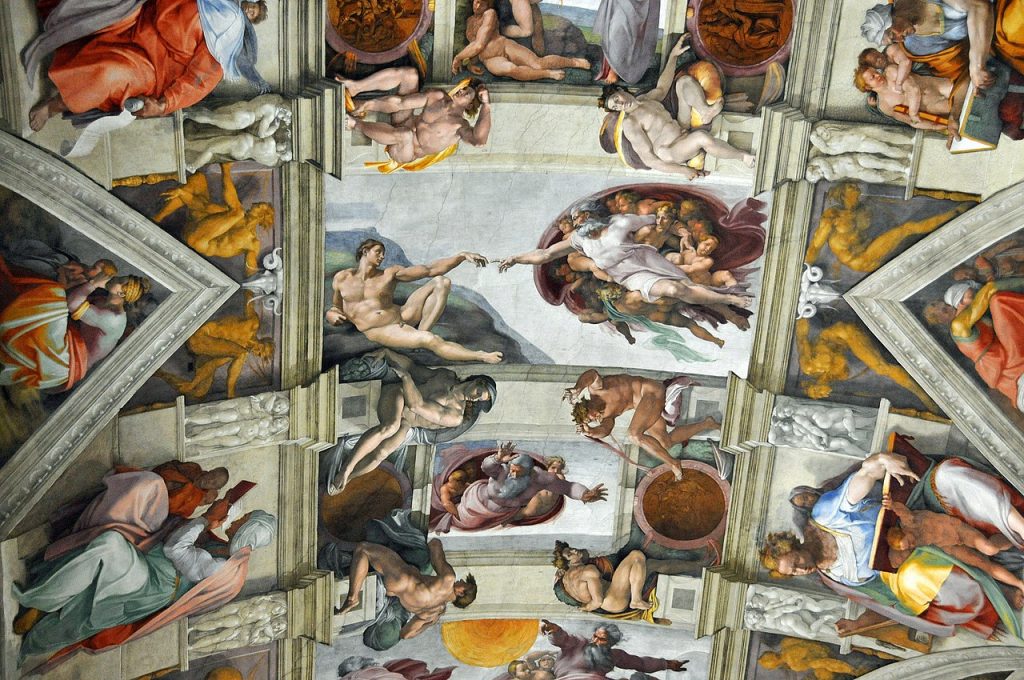
Michelangelo’s most famous sculptures include the statue of David and the Pieta. David is a 17-foot-tall marble statue that portrays the Biblical hero David before his battle with Goliath. The statue was completed in 1504 and is considered a masterpiece of Renaissance sculpture. The Pieta, which depicts the Virgin Mary holding the body of Jesus after his crucifixion, is located in St. Peter’s Basilica in Rome. It was completed in 1499 and is considered one of Michelangelo’s most moving works.
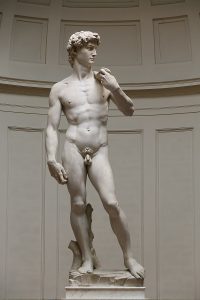
Michelangelo was also an accomplished architect. His most famous architectural work is the dome of St. Peter’s Basilica in Rome. The dome is considered a masterpiece of Renaissance architecture and is still one of the largest domes in the world. Michelangelo was also involved in the design of the Medici Chapel in Florence and the Laurentian Library in Florence, which are both known for their innovative use of space and light.
Michelangelo died in 1564, leaving behind a legacy of exceptional artworks that continue to inspire and captivate people today. His work has had a profound influence on the art world and on Western culture more broadly, and he is widely regarded as one of the most important figures of the Italian Renaissance. Michelangelo was also known for his poetry, which he wrote in both Italian and Latin. His poems were often deeply personal and reflective, and they explored themes such as love, death, and spirituality.
Despite his success as an artist, Michelangelo was often plagued by financial difficulties. He was known for being thrifty and living a simple life, and he was sometimes forced to take on projects he didn’t enjoy in order to pay the bills. Michelangelo’s art has had a profound influence on subsequent generations of artists, and he is widely regarded as one of the key figures in the development of Western art. His work has been studied and imitated by artists of all stripes, and his style and techniques have had a lasting impact on the art world.
